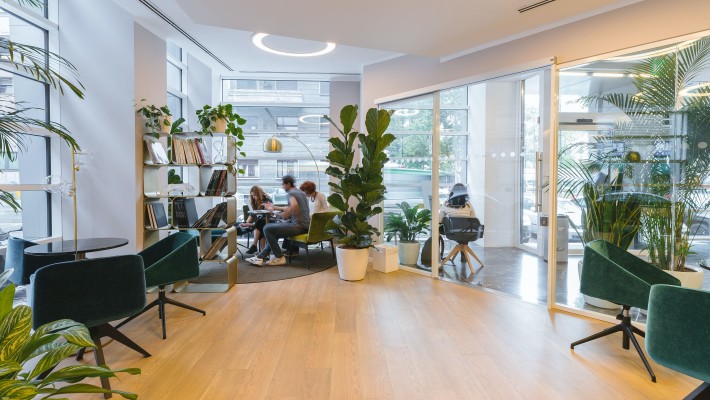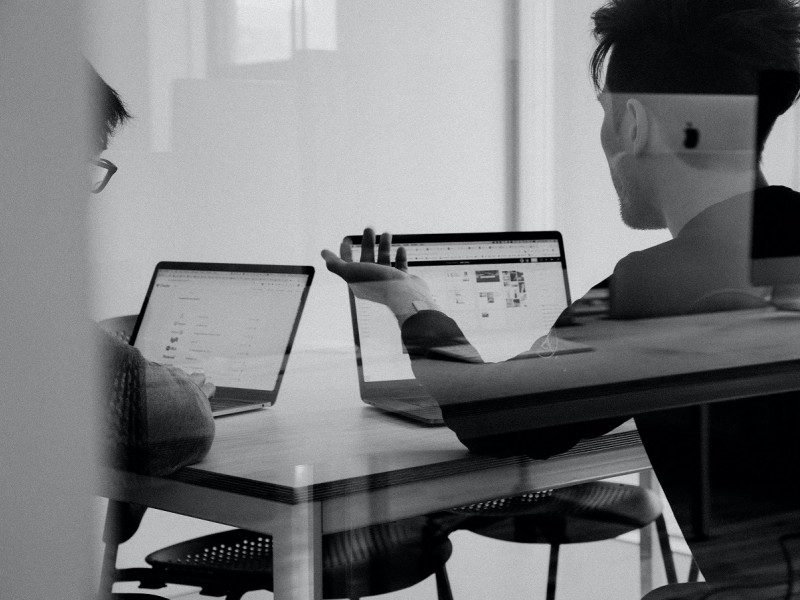Activity-based workplaces help hybrid organisations thrive
28 April 2021
A development that places the emphasis on the way office spaces are utilised currently sees an accelerated adoption rate as more organisations consider hybrid workplace models. It is called activity-based workplaces (ABWs), and it is steadily paving the way for a collaborative work culture that measures outcomes as opposed to presence. ABWs are steadily gaining popularity over its predecessor, the open plan office.
An American firm assisting organisations to create flexible workplaces to match their productivity needs, Robin Powered, believes the evidence against open office plans is quite conclusive. “The open plan office highlights decreasing face-to-face interaction, poor concentration and shows a 15% lower productivity rate.”
In their 2021 Top 10 global Commercial Real Estate (CRE) trends report, CRE heavy-weight JLL with a large local footprint, estimates that “flex space will be a key strategic tool to drive portfolio agility post-COVID.” According to a survey in the report measuring remote work frequency after COVID-19, 50% of the over two thousand respondents preferred a hybrid combination.
What is an activity-based workplace?
The US-based firm defines ABWs as ‘a flexible office environment where people are provided with a choice of settings that support a variety of tasks throughout the day.’
In other words, offices of modern workplaces are not designed to solely facilitate the process that happens in a particular space, but rather to allow for flexible use based on the team member’s task at hand and the goal in mind.
When designing an office space, it is easy to consider an ABW mostly because it is aesthetically pleasing and a new, popular choice when it comes to office design. However, there are a few behavioural changes and habits that organisations need to keep in mind when considering adopting an ABW approach.
We would like to share a few of these considerations that have helped us at Kriel & Co change gears in anticipation of a changing workplace.
1. Work is a thing you do, not a place you go to
Change – and the management thereof – is central to all we do, which is why we are advocates for the decoupling of ‘work’ and ‘place’. Considering a post-COVID world, our practice has been re-positioned as a digital practice, with remote and virtual work the primary method of consulting. We have always believed that work is a thing you do, not a place you go to. The approach was embraced by our clients, as the productivity gains were evident compared to the past where consultants were on the road almost constantly.
We now have an opportunity to reimagine how a physical workspace supports us. This is a significant milestone in our own change journey. Choosing an ABW approach turned out to be a logical choice given to the goal of positioning the office as a resource -meaning team members may choose to work at home or from the office as their attention management and collaboration needs require.
2. Make room for flexibility and collaboration
The office as a service allows employees flexibility to use the facilities available according to their needs throughout the day as the nature of work is somewhat fluid. Certain tasks or projects are at times collaborative and at other times require people to buckle down and put in a focused effort without distraction.
An ABW allows for the optimisation of available spaces to accommodate most of the forms that modern work tasks may take on.
With our new collaboration approach, we strive to create an area for just that - collaboration and interaction but ensure that there also exists an area for quiet focus and concentration when we are dealing with sensitive client matters. We are also considering traditional spaces like a boardroom, which can double up as an overflow space for collaboration. Our lounge area becomes more than a waiting room for guests, but also a personal catch-up zone to check-in with colleagues and build a rapport.
3. Give up your desk but gain the entire office
It is no secret that along with a personal desk comes the urge to self-customise. Soon photos and personal items populate workspaces. ABWs require employees to adopt a different mindset and make a behavioral change in the way they identify with their ‘non-permanent’ workspace. Anything that clutters a workspace or discourages moving around in the office could be stowed away in a locker. The approach fosters an inherent comfort with change, as you can’t get too comfortable in one spot for a pro-longed period of time.
This might sound restrictive but consider the other side of the coin – when you give up what anchors you down in one space, you stand to gain the freedom to roam in a much bigger space. Clive Wilkinson, who designed the Gerson Lehrman Group's New York office, believes that the ABW model allows employees to perceive their place of work more positively when they understand that they ‘used to own their desks and now they own the whole office.’
Although it is not possible to predict the future and how the world of work will continue to evolve in the years to come, the general consensus is that a flexible, well-utilised workspace is a reality.
In more ways than one, it is time to trade the conventional office space and desk allocation for a solution that creatively brings together productivity, interaction, creativity and invigorated focus.





